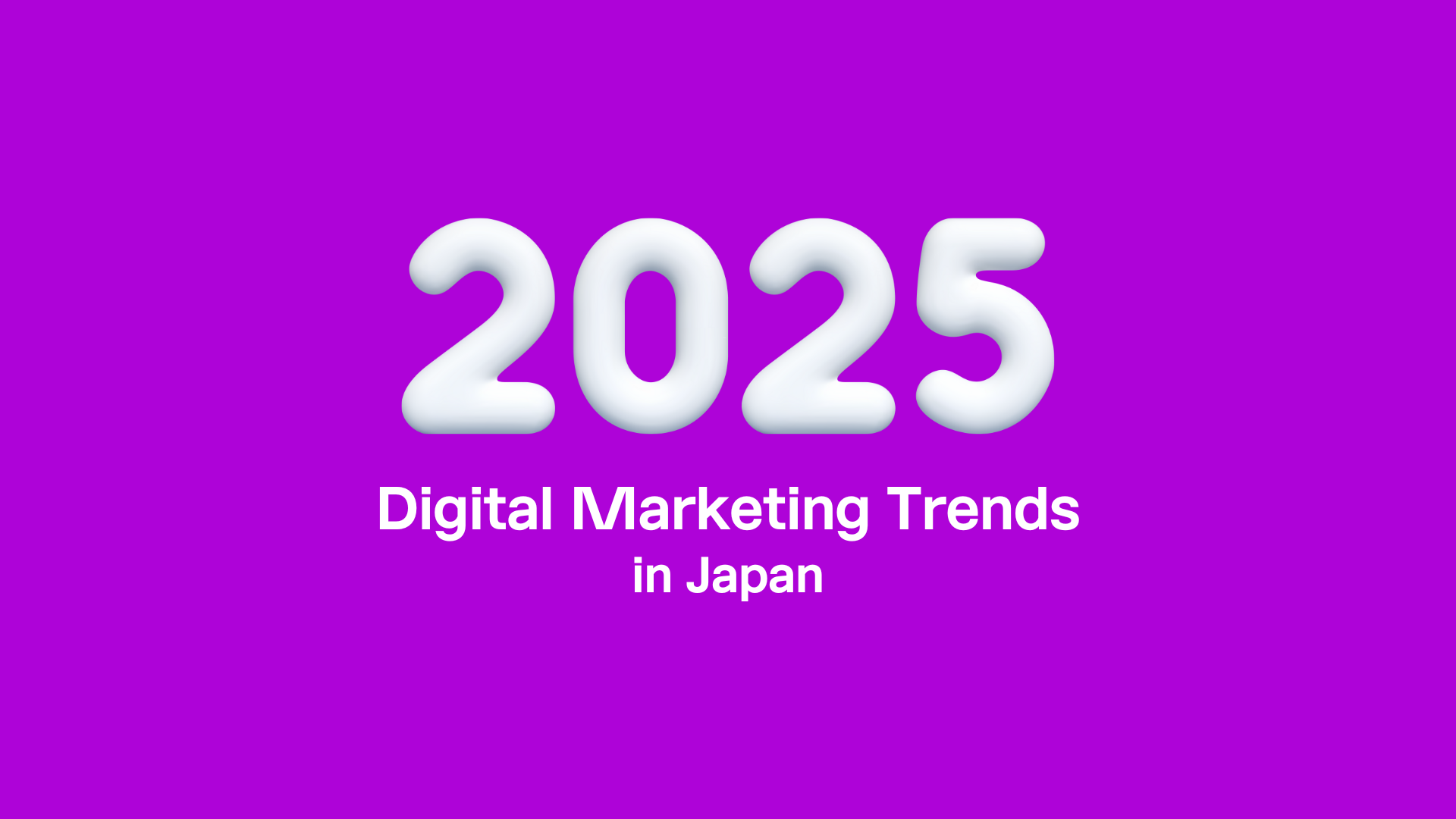Insights >
10 Biggest Marketing Trends in Japan for 2025


New: 2025 Travel Industry Trend Report | download for FREE >>


As we enter 2025, the digital marketing trends in Japan continues to evolve rapidly. Staying ahead of the curve is crucial for businesses looking to thrive in this dynamic environment.
The Japanese market, known for its technological advancements and unique cultural nuances, presents both opportunities and challenges for marketers.
In this article, we will explore the key trends shaping the Japanese digital marketing landscape in 2025. From the rise of AI-powered marketing to the growing importance of ethical practices, these trends will significantly impact how businesses engage with Japanese consumers.
Table of Contents
Here are our predictions for the digital marketing trends you need to pay close attention to in Japan?
AI-powered tools will continue to play a significant role in Japanese digital marketing. Expect increased adoption for personalized content recommendations, predictive analytics, and natural language processing tasks.
Social commerce, integrating e-commerce within social media platforms, will gain momentum. Platforms like Instagram and LINE will likely introduce new features that facilitate direct purchases. We strongly encourage all B2C brands to establish their presence on LINE with Official Accounts.
LINE Official Account is a brand profile with which other LINE users can become ‘friends’, and that allows you to interact with consumers directly.
Download our free LINE Official Account Media Guide to learn more →
Mobile devices remain the primary means of internet access in Japan. Marketers should continue to optimize their websites and campaigns for mobile users. Ensure your brand has a strong presence on Japan’s largest mobile platforms like Yahoo! JAPAN and LINE.
Read our most popular blog post to learn why LINE is Japan’s favourite social media platform →

Japanese consumers are becoming increasingly socially conscious. Ethical marketing practices, such as sustainability and fair trade, will be crucial for building trust and loyalty.
Live streaming platforms like YouTube Live and Niconico Live are gaining popularity. Marketers can leverage live streaming for product launches, Q&A sessions, and interactive experiences.
Influencer marketing will continue to be a powerful tool. However, the focus will shift towards micro-influencers and niche communities. Brands will need to identify influencers who genuinely resonate with their target audience.
Omnichannel marketing will be essential for reaching Japanese consumers. Seamlessly integrate online and offline channels to provide a consistent brand experience.
Marketers must prioritise data protection as Japanese consumers become more aware of data privacy concerns. Adhere to strict data privacy regulations and be transparent about collecting and using customer data.
Voice search will become more prevalent in Japan. Optimize your website content for voice search queries and consider incorporating voice-activated features into your marketing campaigns.
Digital analytics will become more sophisticated, giving marketers deeper insights into customer behavior. Stay up-to-date on the latest analytics tools and techniques to measure the effectiveness of your marketing efforts.
Yahoo! JAPAN offers unprecedented insights into consumer behaviour, which allows marketers to create highly targeted digital campaigns. Since Yahoo! JAPAN is used by a wide demographic of users across multiple touchpoints, advertising on the platform is highly recommended for both B2B and B2C brands.
To learn more about targeting and ad formats, please read our blog here →
By understanding these trends and adjusting your strategies, you can successfully navigate the Japanese digital marketing scene in 2025.
We are official overseas media reps for LINE Yahoo! advertising products. We provide clients with 100% free support, a dedicated account manager, and the latest market insights.
Click here to contact our team and discuss how we can support your brand in Japan.